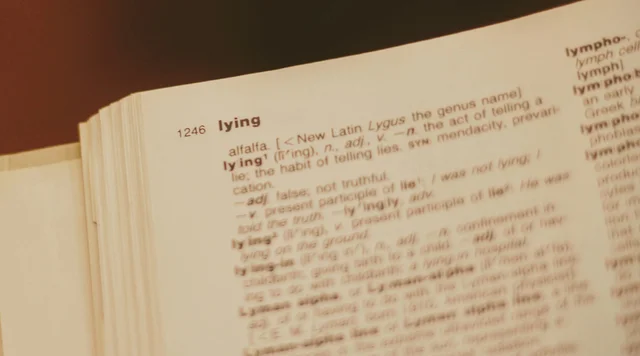You're drafting a brief in D. Del., and you're not sure what it's supposed to look like. You're in luck! The local rules tell you exactly what sections you need to include in an opening or answering brief (see LR 7.1.3(c)(1) for more detail):
- Two tables (a table of contents and a table of authorities).
- "A statement of the nature and stage of the proceedings."
- "A summary of argument, setting forth in separately numbered paragraphs the legal propositions upon which the party relies."
- "A concise statement of facts, with supporting references to the record, presenting the background of the questions at issue."
- "An argument" with "appropriate headings distinctly setting forth separate points."
- "A short conclusion stating the precise relief sought."
Do you really need all of those sections? There's already a bunch of paper on the docket—can't you just incorporate it by reference and focus on the merits? And how are you supposed to fit all this into a 20-page brief?
Ignore the rule at your peril! On Friday, Judge Andrews denied a post-trial motion to amend judgment or for a new trial. Although he ultimately addressed these issues on the merits, he opened his opinion by striking the opening brief for non-compliance with the local rules:
Plaintiffs filed a brief in support of their motion (D.I. 231) that clearly violates the Local Rules. It is twenty pages long. It has no Statement of Facts. It literally has a caption with that heading (id. at 1), but what follows is the statement that in the interest of "brevity," Plaintiffs "rely upon" the Pretrial Order, the trial transcript and exhibits and its two post-trial briefs. (Id.) That is in excess of 70 pages for the pretrial order and briefs, 635 pages for the trial transcript, and more pages than I care to count for the exhibits. The rules do not permit this. The brief is to contain "a concise statement of facts, with supporting references to the record, presenting the background to the questions at issue." D. Del. LR 7.1.3(c)(1)(E).
There are reasons for that rule. First, it forces counsel to develop a coherent statement of relevant facts. Second, it provides the Court with the source material necessary to consider the arguments a party raises. The way Plaintiffs have presented their arguments does neither.
Thus, Plaintiffs not only violate the cited rule, but by purporting to rely upon 705 pages plus the exhibits, Plaintiffs also violate the rule restricting the brief to twenty pages. See D. Del. LR 7.13(a)(4) ("Length").
For the violations of the rules, Plaintiffs' briefing is struck. Since there is no briefing, the motions are denied.
If you enjoyed this post, consider subscribing to receive free e-mail updates about new posts.





